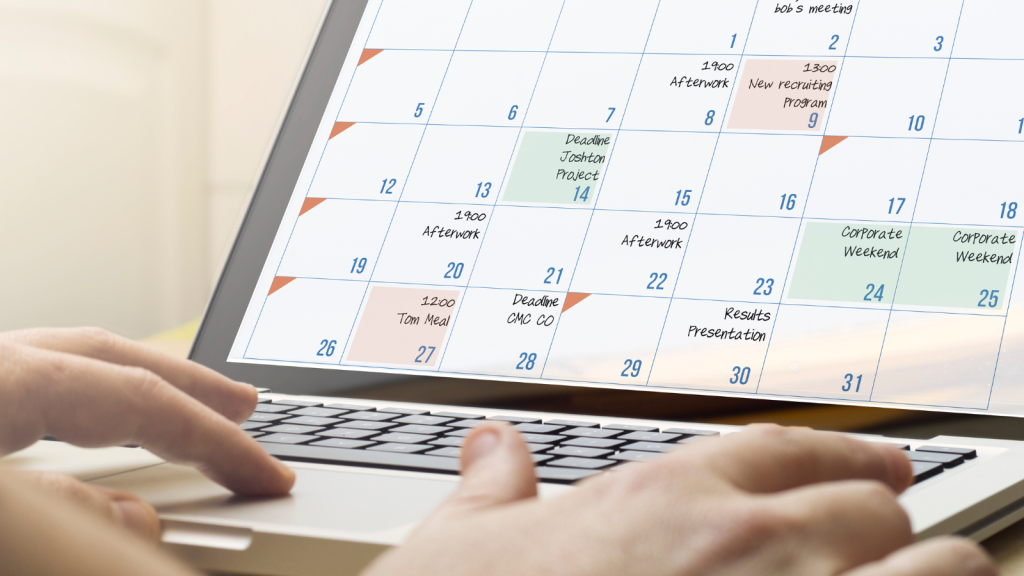Imagine this: You run a small e-commerce business selling handmade candles. The holiday season is approaching, and you want to maximize sales. You have amazing discounts, new scents, and a heartwarming brand story—but there’s one problem. You don’t have a structured plan for your email marketing campaigns.
You send an email whenever inspiration strikes, but sometimes that’s too late. A Black Friday email sent on the actual day? Too little, too late. A Valentine’s Day promotion drafted on February 13th? Good luck competing with brands that planned months ahead.
This is where an Email Campaign Calendar changes everything.
What Is an Email Campaign Calendar?
An email campaign calendar is a strategic plan that organizes and schedules your email marketing efforts over time. It helps you:
- Avoid last-minute chaos
- Plan for key dates in advance
- Maintain consistent engagement with your audience
- Test, track, and optimize performance effectively
Why You Need an Email Campaign Calendar
Let’s take another imaginary scenario. Meet Sarah, a content marketer at a tech startup. She used to send emails sporadically—when new blog posts went live or when the sales team asked her to promote a webinar. The result? Low open rates, inconsistent engagement, and wasted opportunities.
Then, she introduced an email campaign calendar. Here’s what changed:
- She planned ahead. No more rushed emails written at the last minute.
- She aligned emails with other marketing channels. Social media, blog content, and email now worked together.
- She tracked performance. By analyzing engagement, she identified the best times and topics for her audience.
Now, let’s talk about how YOU can implement this in your own email marketing.
Creating an Effective Email Campaign Calendar
1. Start With Your Goals
Your email campaigns should align with specific goals. Ask yourself:
- Are you promoting a product launch?
- Do you want to boost website traffic?
- Is your goal to nurture leads and build relationships?
Once your goals are clear, structure your calendar accordingly.
2. Identify Key Dates and Events
Mark important dates on your calendar, including:
- Product launches
- Holidays (Christmas, Thanksgiving, Black Friday, etc.)
- Industry events or conferences
- Special promotions
- Customer anniversaries
Pro Tip: Create an “offbeat holidays” section. Emails around fun events like National Coffee Day or International Cat Day can increase engagement.
3. Segment Your Audience
Not all subscribers should receive the same emails. Segment your email list based on behavior, interests, and demographics. For example:
- New subscribers → Welcome series
- Inactive users → Re-engagement campaign
- Loyal customers → VIP offers
4. Determine Email Frequency and Timing
Should you send emails daily, weekly, or monthly? That depends on your audience and content strategy. Testing is key.
Hidden Trick: Studies show that Tuesdays and Thursdays have the highest open rates. But for B2B emails, early mornings (6-8 AM) work well, while B2C emails perform better around lunchtime (12-1 PM) or in the evening.
5. Create Engaging Content
Great content is the heart of email marketing. Here’s a winning formula:
- Compelling subject line: Hook readers instantly.
- Personalized greeting: Use the subscriber’s name.
- Concise, value-driven message: Keep it short and relevant.
- Clear call-to-action (CTA): Guide them toward the next step.
Secret Tip: Use NLP (Natural Language Processing) techniques. Words like you, because, instantly, and new create psychological triggers, increasing engagement.
6. Automate and Test Your Emails
Use automation tools to schedule emails and A/B test different subject lines, email copy, and CTAs.
Hidden Hack: If your open rate is low, resend the email to non-openers with a modified subject line. This can increase open rates by 30% or more!
7. Monitor, Analyze, and Optimize
Track key metrics:
- Open rates
- Click-through rates
- Unsubscribe rates
- Conversion rates
Use this data to refine future campaigns and make your emails more effective.
The Magic of a Well-Planned Email Calendar
Let’s check back with Sarah. After implementing an email campaign calendar, her team saw a 40% increase in engagement, higher click-through rates, and more conversions.
Meanwhile, our candle shop owner avoided last-minute stress and doubled holiday sales by sending strategically planned emails.
Final Thoughts
A well-structured email campaign calendar isn’t just about scheduling—it’s about strategy. It ensures that you reach the right people at the right time, with the right message.
So, start planning today, experiment, and watch your email marketing reach new heights

